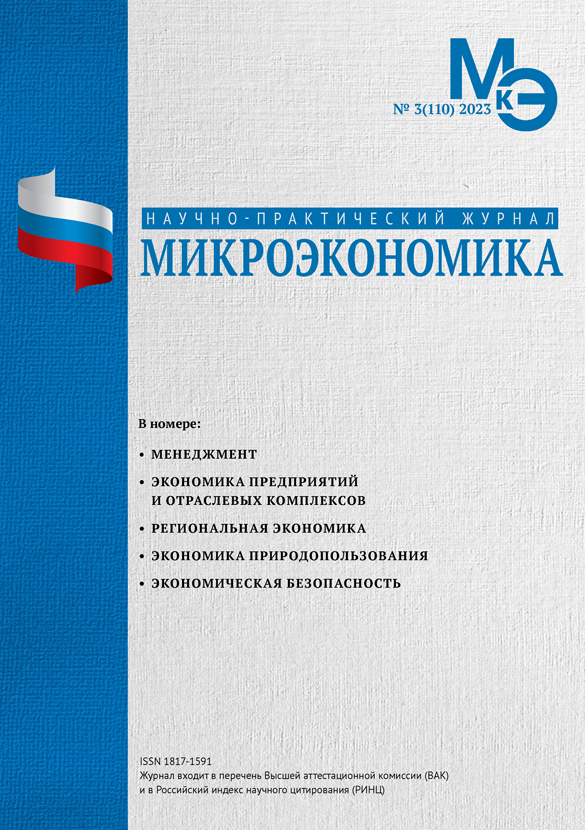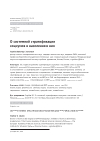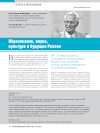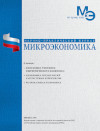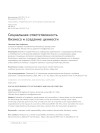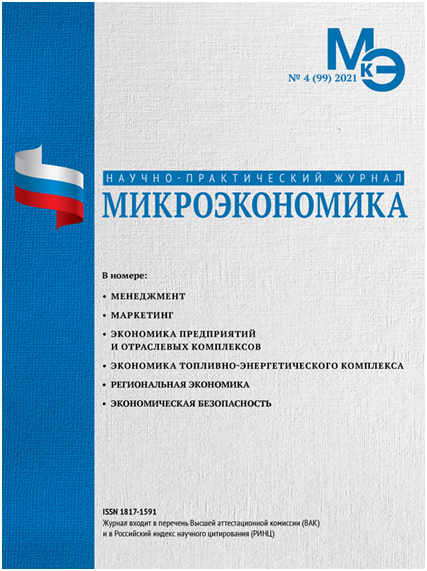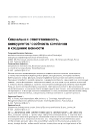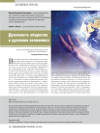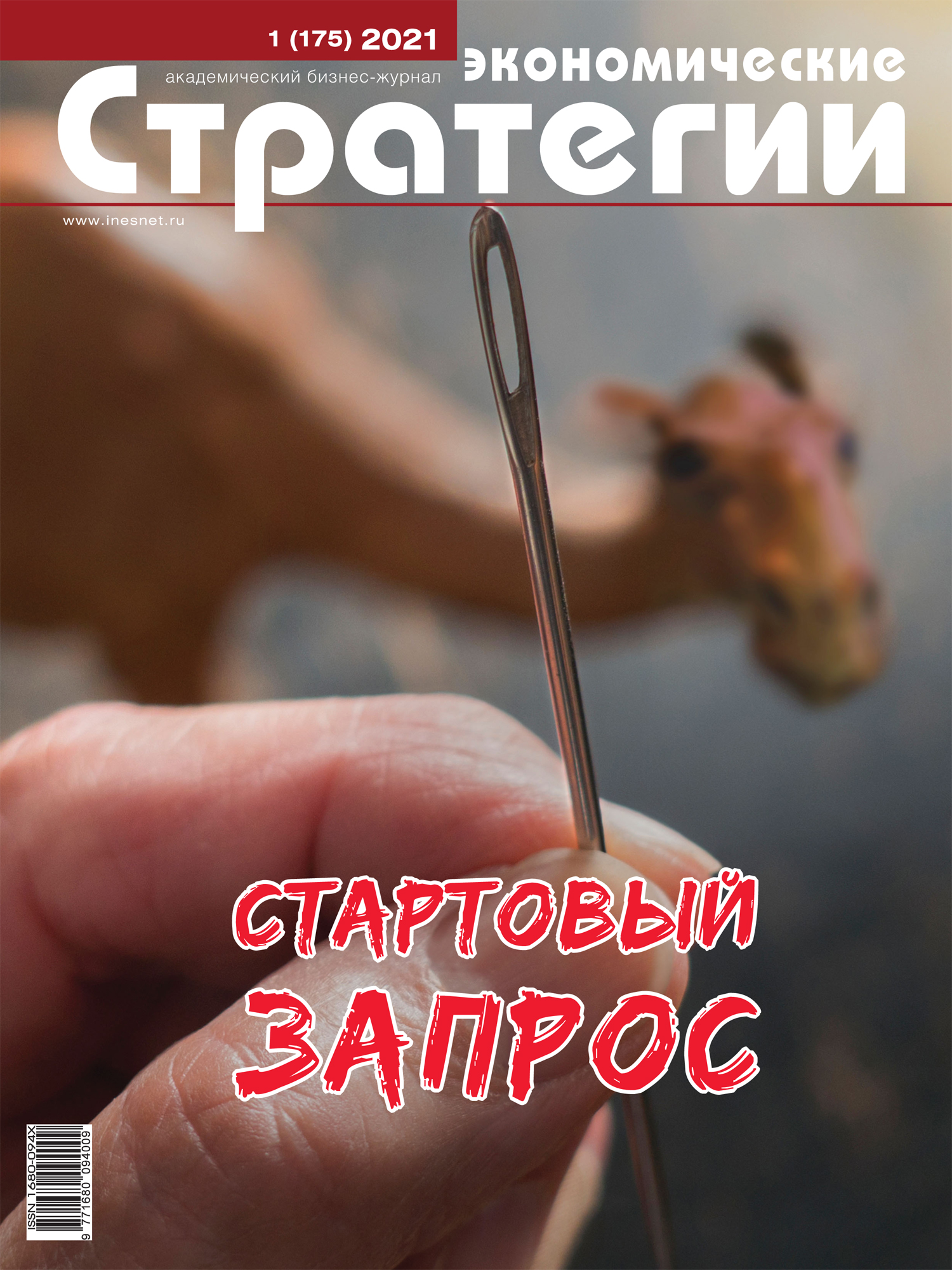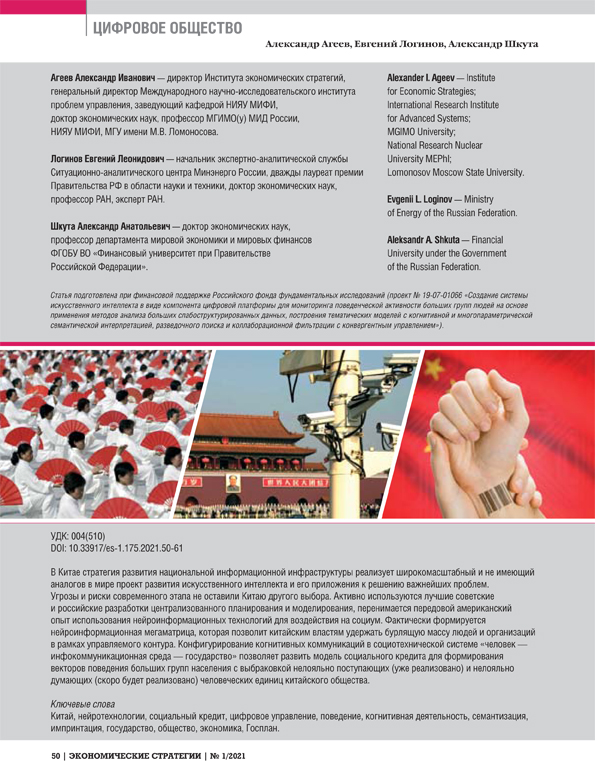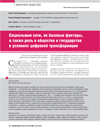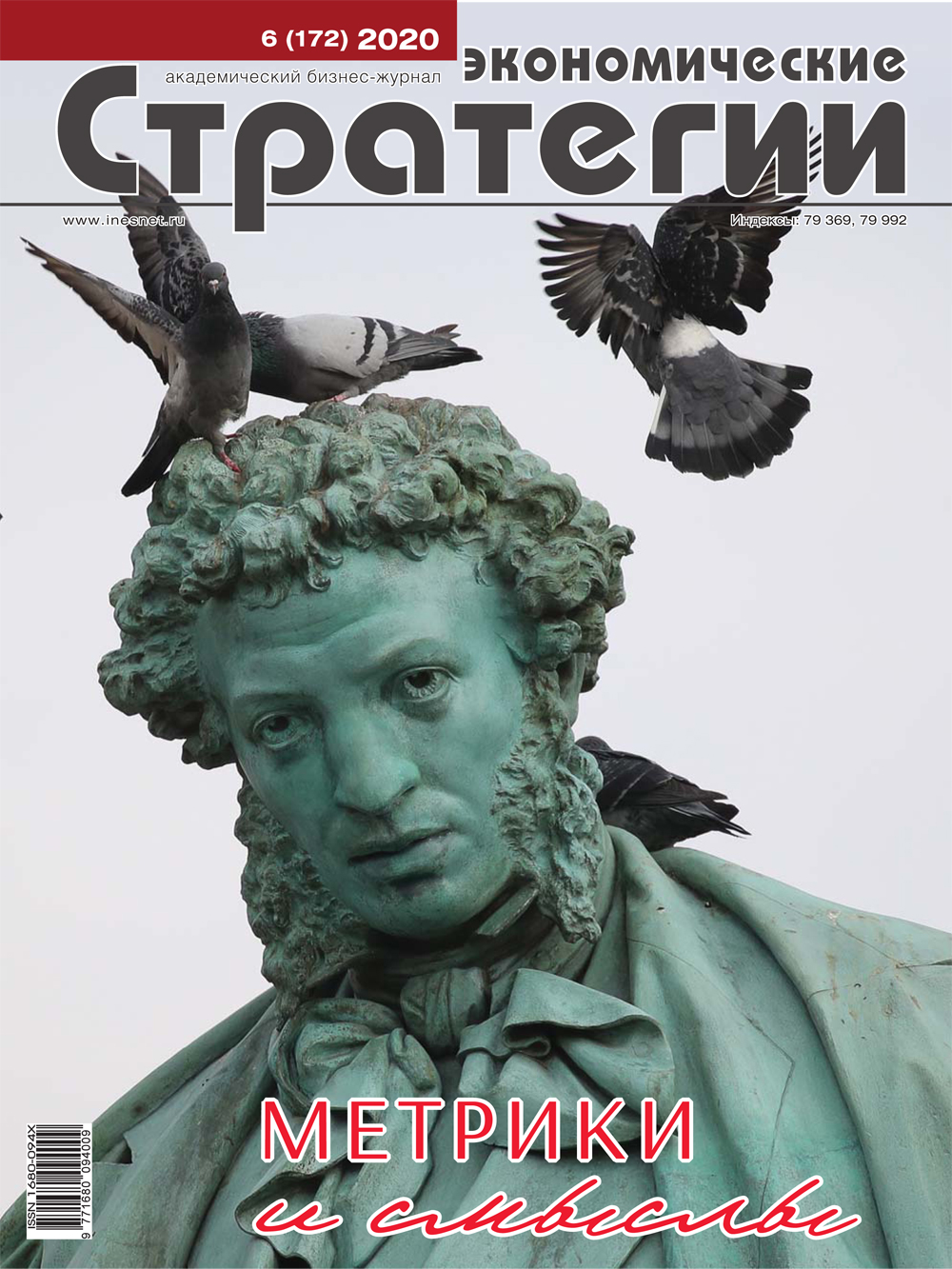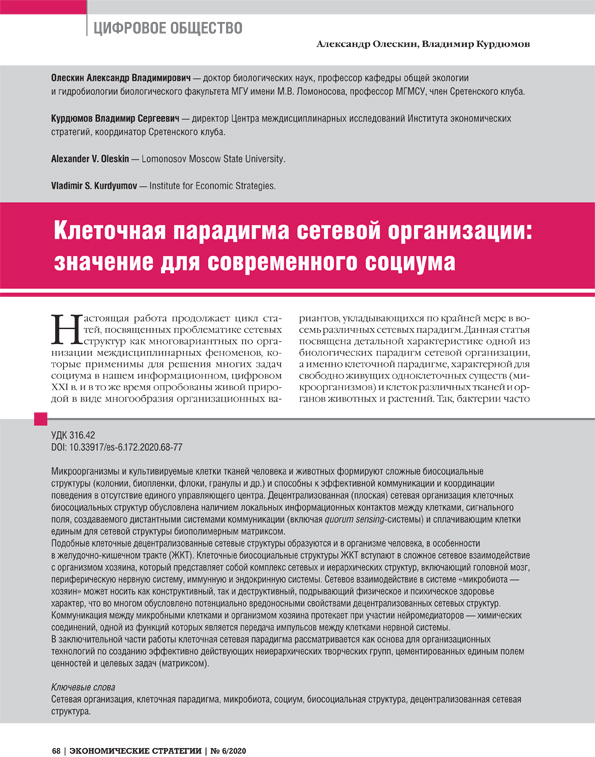DOI: 10.33917/es-2.188.2023.72-79
At all times, the issues of upbringing and education were the core, foundation, cornerstone of the existence and development of society and the state. And to this day we are fascinated by the science and culture of antiquit y – Greece, Egypt, Israel, India, China, Rome, and etc. Development of society and the state directly stems from the at tention paid to education and upbringing of the youth. The author concludes that when they try to replace classical science with various fashionable items, this is an encroachment on the holy of holies, this is an at tempt to belittle, humiliate, fetter the freedom of the human mind development.
References:
1. Posledstviya kapitalizma: Interv’yu amerikanskogo uchenogo i obshchestvennogo deyatelya Noama Khomskogo [Consequences of Capitalism: An Interview with American Scholar and Public Activist Noam Chomsky]. YouTube, 2021, Oktyabr’, available at: https://www.youtube.com/watch?v=JLTdQ4qg1pc.
2. Maikl R. Blumberg. Kolledzhi dolzhny vernut’ trebovaniya k testirovaniyu [Michael R. Bloomberg: Colleges Should Bring Back Testing Requirements]. Bloomberg, 2022, 26 oktyabrya, available at: https://www.bloomberg.com/opinion/articles/2022-10-26/us-colleges-should-bring-back-sat-and-acttestrequirements.
3. Akademik V.I. Arnol’d: Puteshestvie v khaose [Academician V.I. Arnold: Journey in Chaos]. Nauka i zhizn’, 2000, no 12, avail able at: https://www.nkj.ru/archive/articles/5174/
4. Vladimir Arnol’d: Opasat’sya kompetentnykh sopernikov ochen’ estestvenno dlya nachal’nikov [Vladimir Arnold: It’s very Natural for Bosses to be Afraid of Competent Rivals]. RUT MIIT, 2010, 3 iyunya, available at: ht tps://miit.ru/news/100755.




